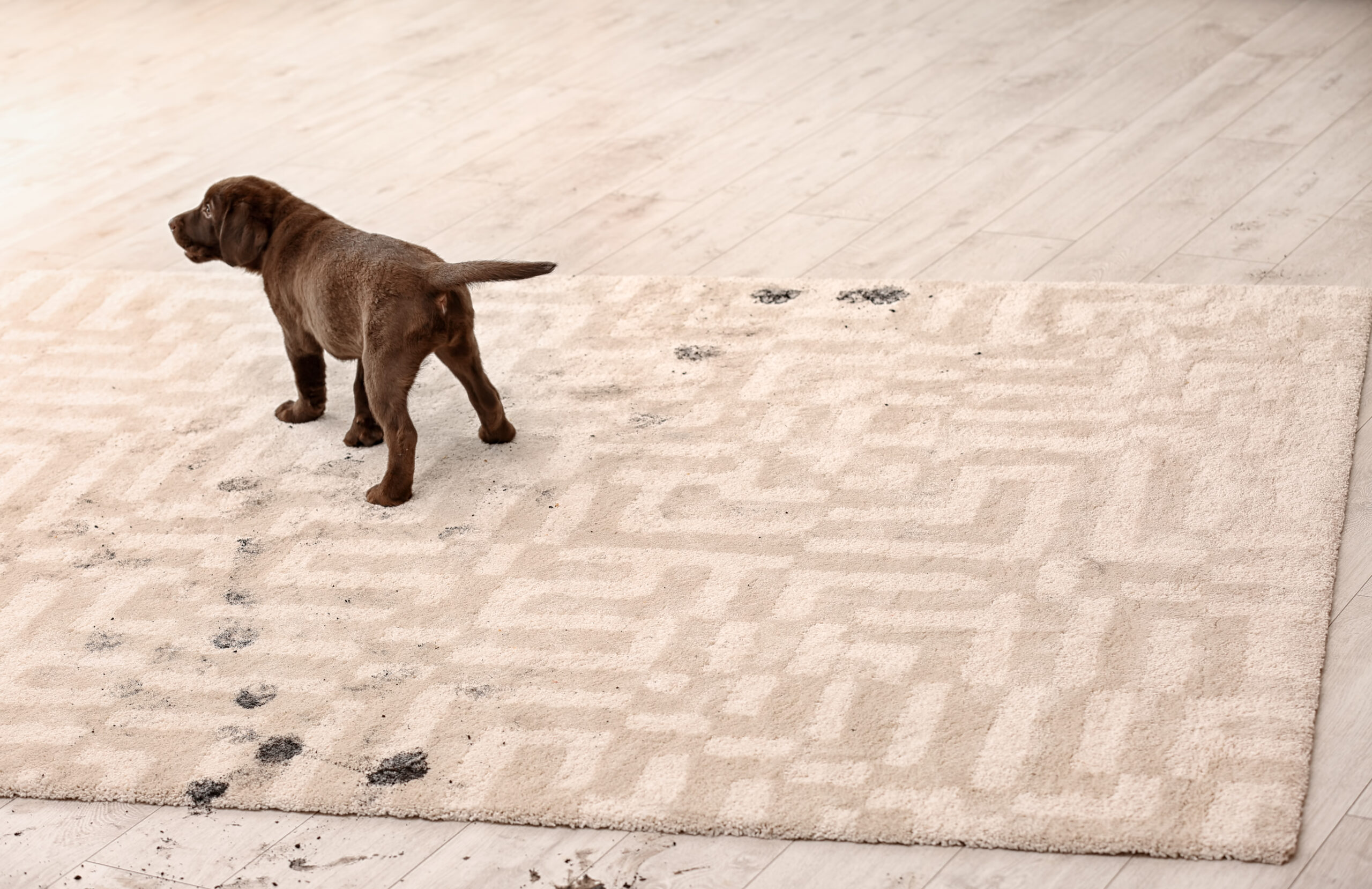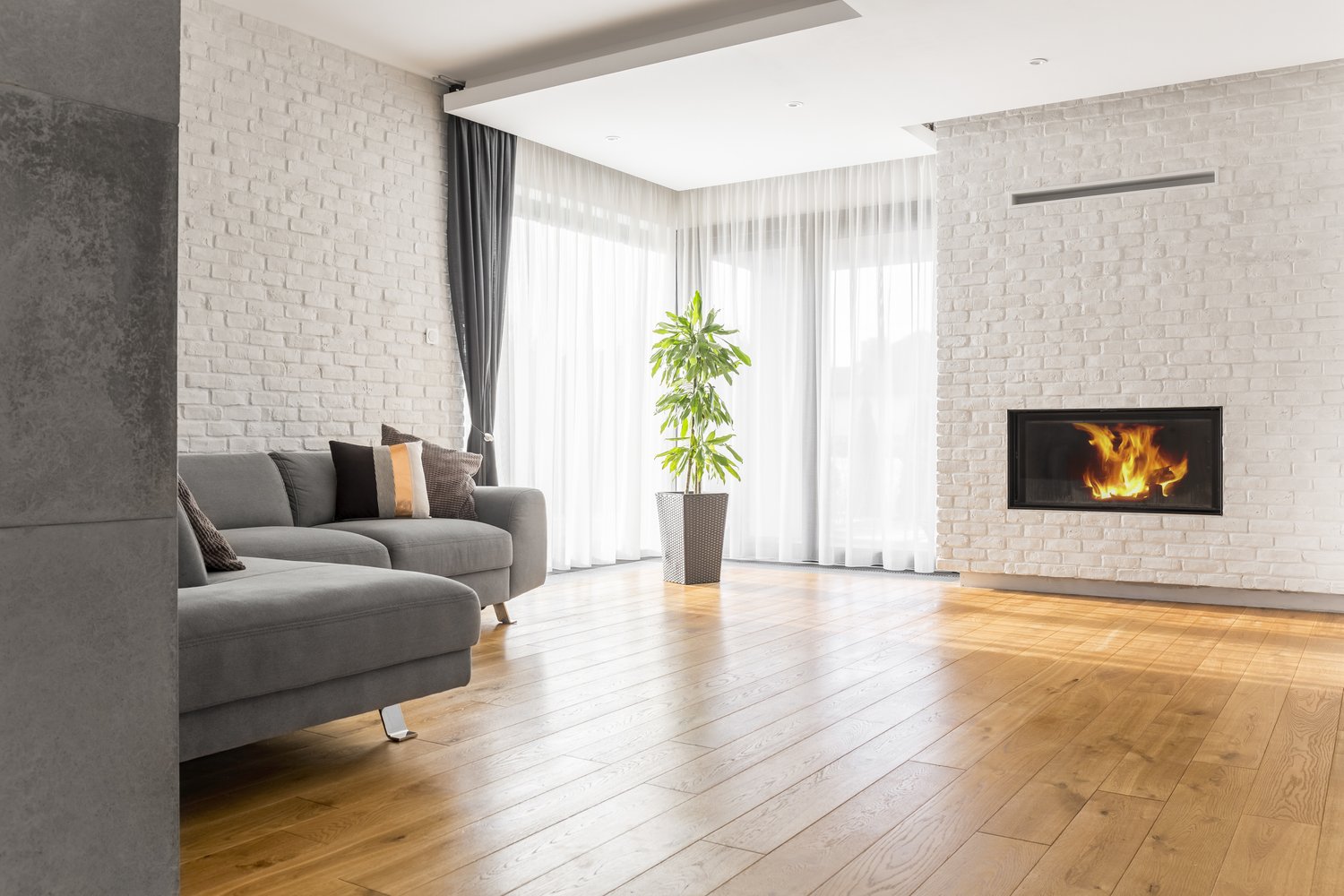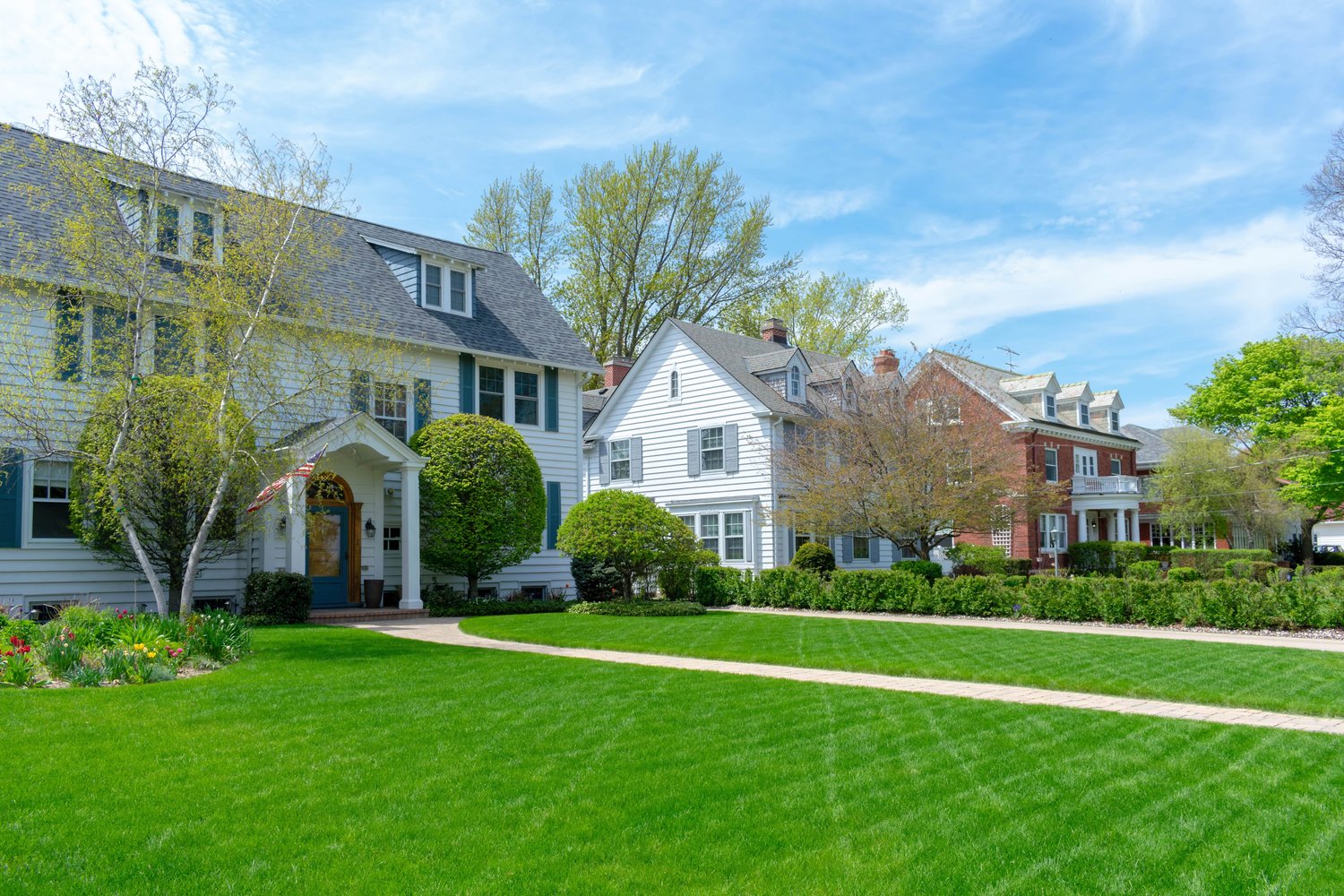Designing a pet-friendly mudroom can transform your home’s functionality and make life with furry family members significantly easier. A well-planned mudroom serves as a transitional space where pets can be cleaned up after outdoor adventures, their supplies can be neatly organized, and daily pet routines can be streamlined. This article explores practical ideas for incorporating pet-specific features into your mudroom design, including dedicated wash stations, organized storage solutions, and thoughtful details that accommodate both human and animal needs.
The Benefits of a Pet-Friendly Mudroom
A dedicated pet-friendly mudroom offers numerous advantages that extend beyond simple organization. This transitional space serves as a buffer zone between the outdoors and your clean home interior, containing mud, dirt, and pet hair in one designated area. When properly designed, a pet-friendly mudroom can dramatically reduce cleaning time throughout the rest of your home. It also creates a dedicated space for pet care routines, making tasks like bathing, feeding, and organizing supplies more efficient and less stressful for both you and your pets. Rather than chasing your dog through the house after a muddy walk or storing pet food in multiple locations, everything has its place in a functional mudroom design pets love. The convenience factor alone makes investing in a proper mudroom worthwhile, especially for active pet owners who regularly contend with outdoor elements.
Planning Your Mudroom Layout
The first step in creating an effective pet-friendly mudroom is thoughtful planning that considers your specific needs and available space. Begin by assessing how you and your pets use the existing entry area. Consider traffic patterns, the number of pets you have, and typical scenarios like returning from walks in rainy weather or after beach outings. Measure your available space carefully and determine whether you need a complete room or if a modified entry hall can serve your purposes. The most functional pet-friendly mudroom designs include zones for different activities: a cleaning area, a drying space, storage for supplies, and transitional seating for humans. Even in smaller spaces, incorporating these zones at a scale that works for your home will maximize functionality. According to design experts at AskHomey, proper planning upfront can prevent costly modifications later, ensuring your mudroom serves your family’s specific needs for years to come.
Designing the Perfect Pet Wash Station
A dedicated wash station is perhaps the most essential element of any dog wash mudroom. Rather than tracking mud through your home to reach a standard bathtub, a purpose-built pet washing area allows you to clean your four-legged friends immediately upon entering. For optimal functionality, consider installing a raised basin with steps or a ramp for larger dogs, or a deep utility sink for smaller pets. Choose durable, waterproof materials like tile or sealed concrete for the surrounding walls and floors, and include a handheld sprayer attachment with adjustable temperature controls. Thoughtful details make a significant difference: built-in shampoo niches, towel hooks within arm’s reach, and a sturdy, slip-resistant surface for pets to stand on during baths. For added convenience, incorporate a hair-catching drain and adequate lighting. The height of your wash station should be determined by your pet’s size and your own comfort—avoiding back strain during bathing sessions makes the experience more pleasant for everyone involved.
Storage Solutions for Pet Supplies
Effective storage is crucial for maintaining an organized pet-friendly mudroom. Designate specific locations for all pet essentials, including food, treats, medications, grooming tools, toys, and walking gear. Consider installing closed cabinetry for items you want concealed, such as bags of food or litter, and open shelving for frequently accessed items like leashes and towels. Custom cubbies with designated hooks provide perfect spots for hanging leashes, collars, and harnesses at eye level for easy grabbing before walks. Transparent containers with airtight seals work well for storing dry food and treats while keeping them fresh and visible. Dedicate a drawer or basket to grooming supplies, and another to outdoor gear like paw balm and pet-safe ice melt. Include a designated bin for dirty pet towels and washable dog beds. The key to successful mudroom storage is creating systems that are not only organized but also simple enough that all family members can maintain them consistently.
Flooring and Finishes for Durability
Selecting the right materials for your pet-friendly mudroom ensures the space remains functional and attractive despite heavy use and wet paws. Flooring is particularly important—opt for waterproof, scratch-resistant materials that withstand moisture and traffic. Excellent options include porcelain tile, luxury vinyl plank, or sealed concrete, all of which clean easily and resist staining. Choose darker grout colors to conceal dirt between cleanings. For walls in splash zones near your dog wash mudroom area, consider tiled backsplashes or semi-gloss paint that wipes clean. Select cabinetry with durable finishes and hardware that can withstand damp conditions. Incorporate easy-to-clean surfaces throughout, avoiding materials like unsealed wood that can warp with moisture or fabrics that trap odors. Remember that this space needs to be practical first and decorative second, though stylish options exist in all durable material categories. Investing in quality materials upfront reduces maintenance needs and extends the life of your mudroom design.
Personalizing Your Pet-Friendly Space
Beyond functionality, the most welcoming pet-friendly mudrooms incorporate personalized touches that reflect your pet’s personality and your home’s overall aesthetic. Consider designated hooks labeled with pet names, framed pet portraits, or custom storage bins featuring paw print designs. Create a comfortable resting area with a built-in nook containing a washable pet bed where pets can relax while drying off. Choose a color palette that complements adjacent rooms while concealing fur and dirt between cleanings. Add a bulletin board for vet appointment reminders or a chalk wall for noting walking schedules. These personal elements transform a utilitarian mudroom into a space that celebrates your pets as family members while maintaining the room’s practical purpose.
For more tips and to connect with reliable home service professionals, follow AskHomey on Facebook and Instagram.



